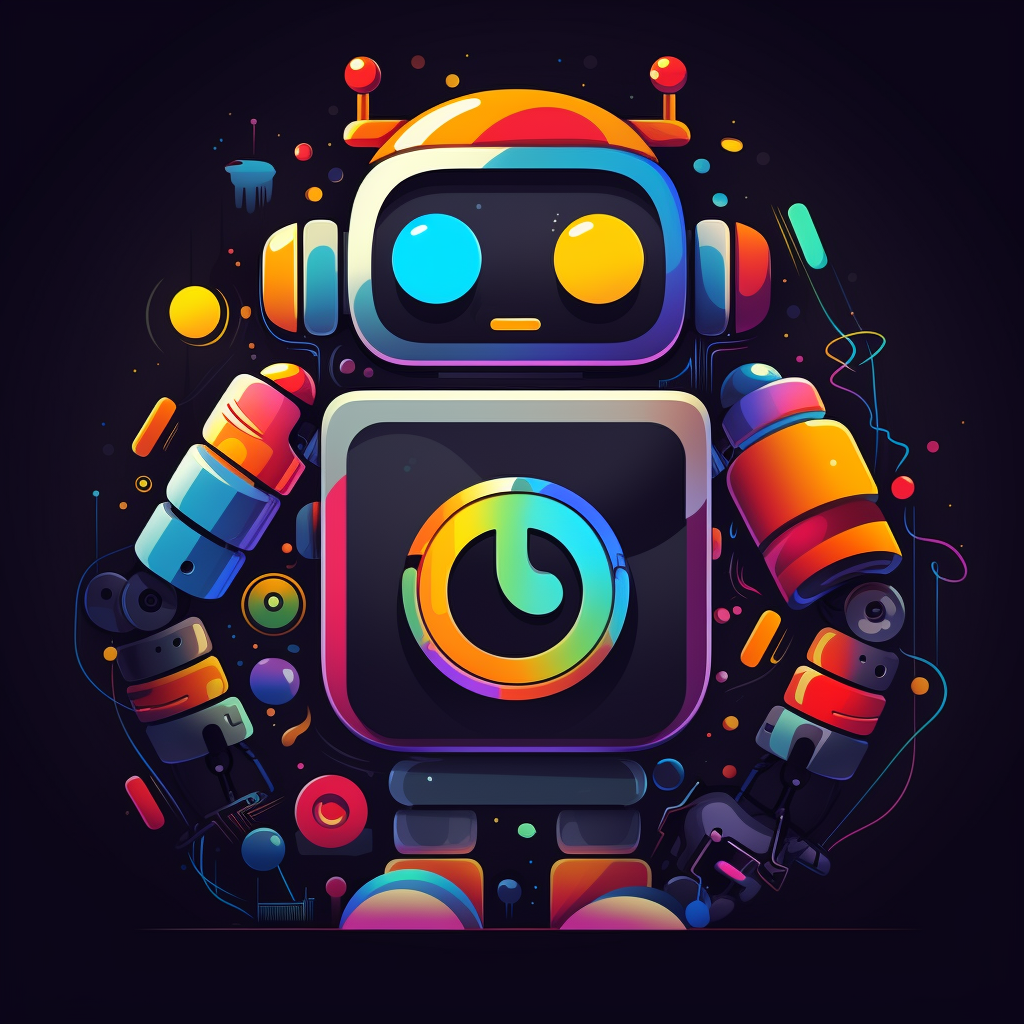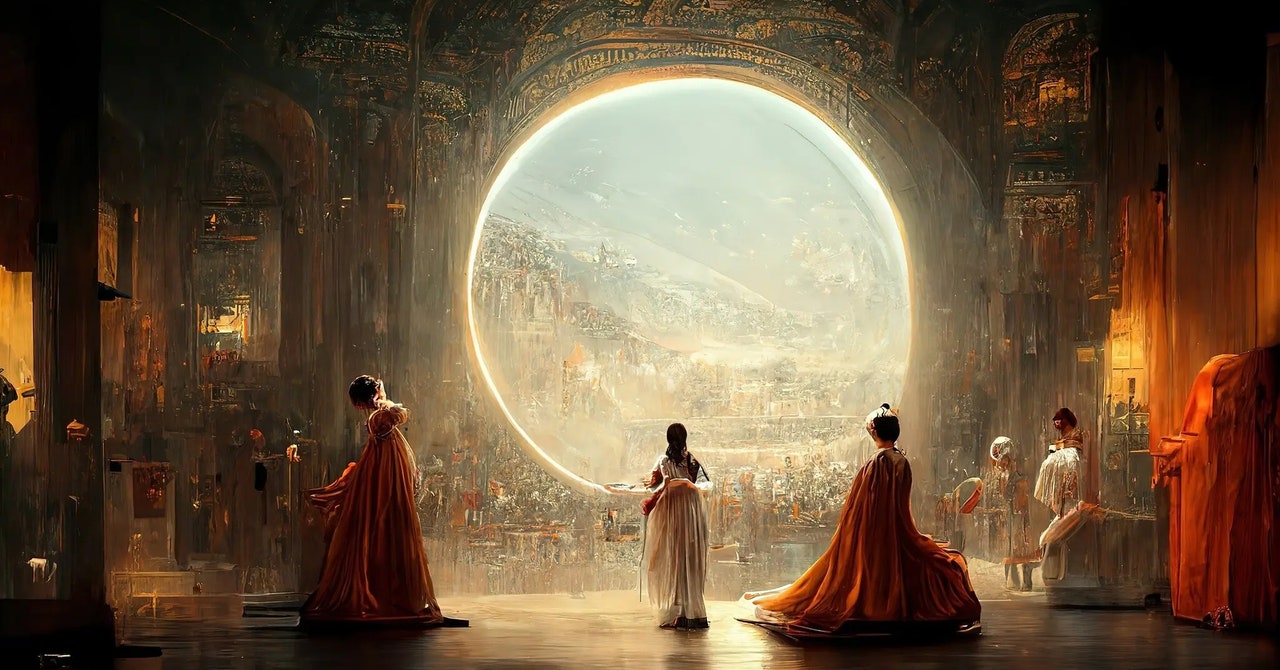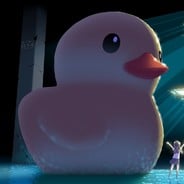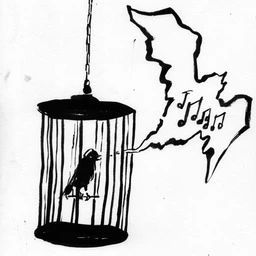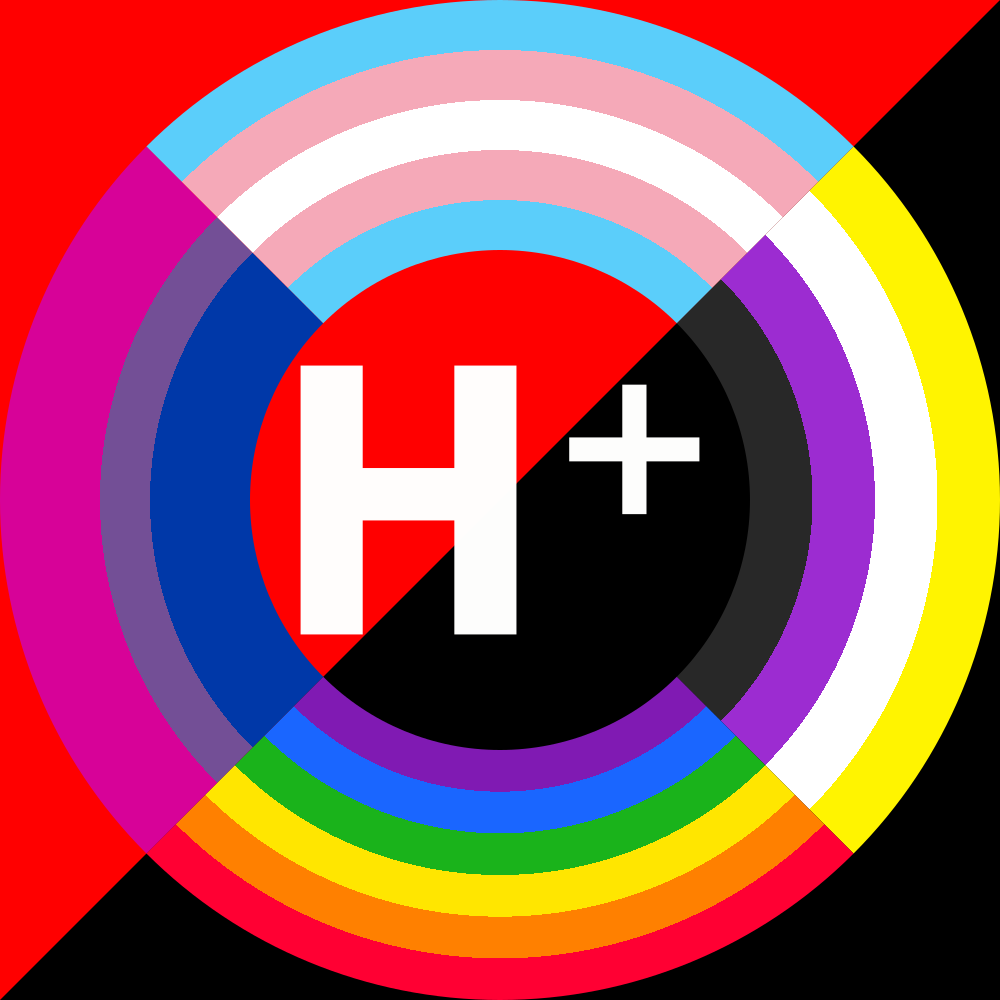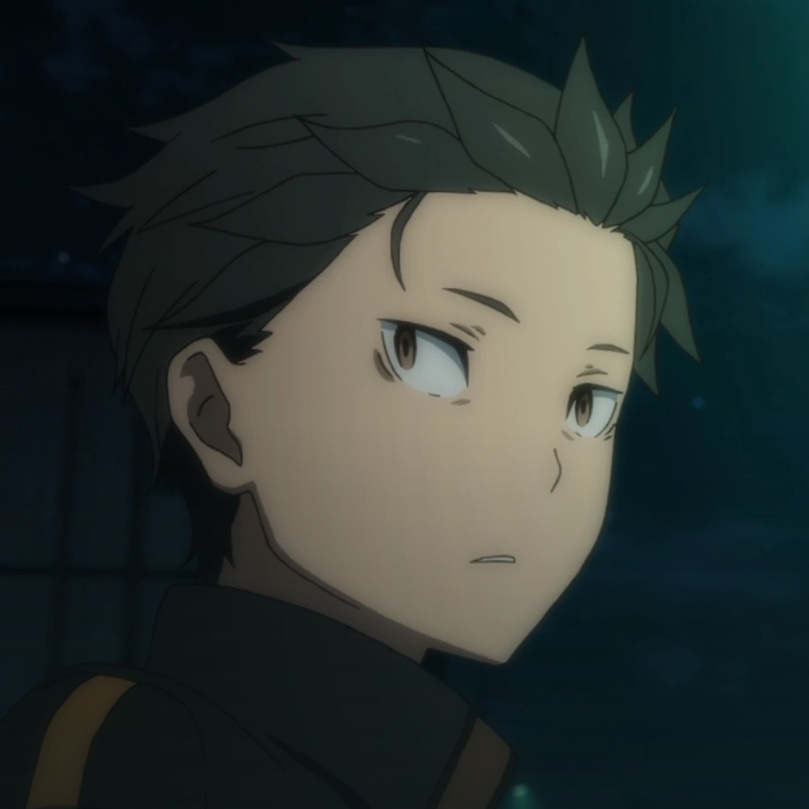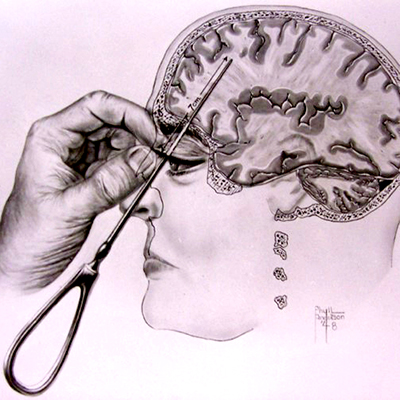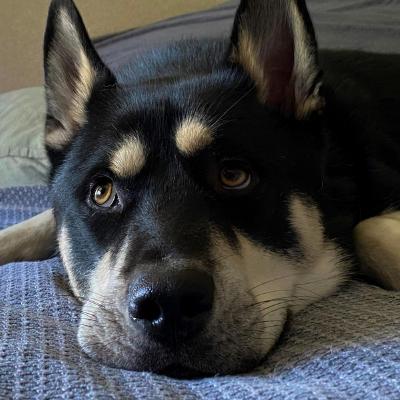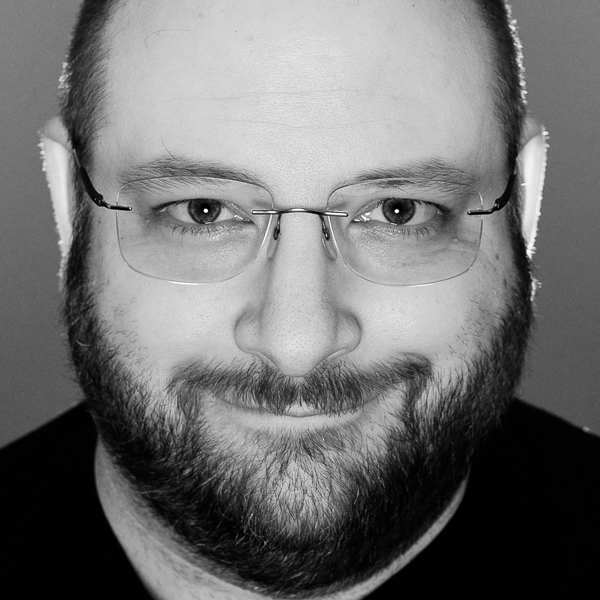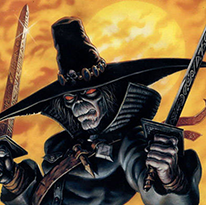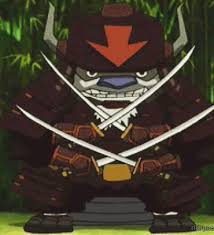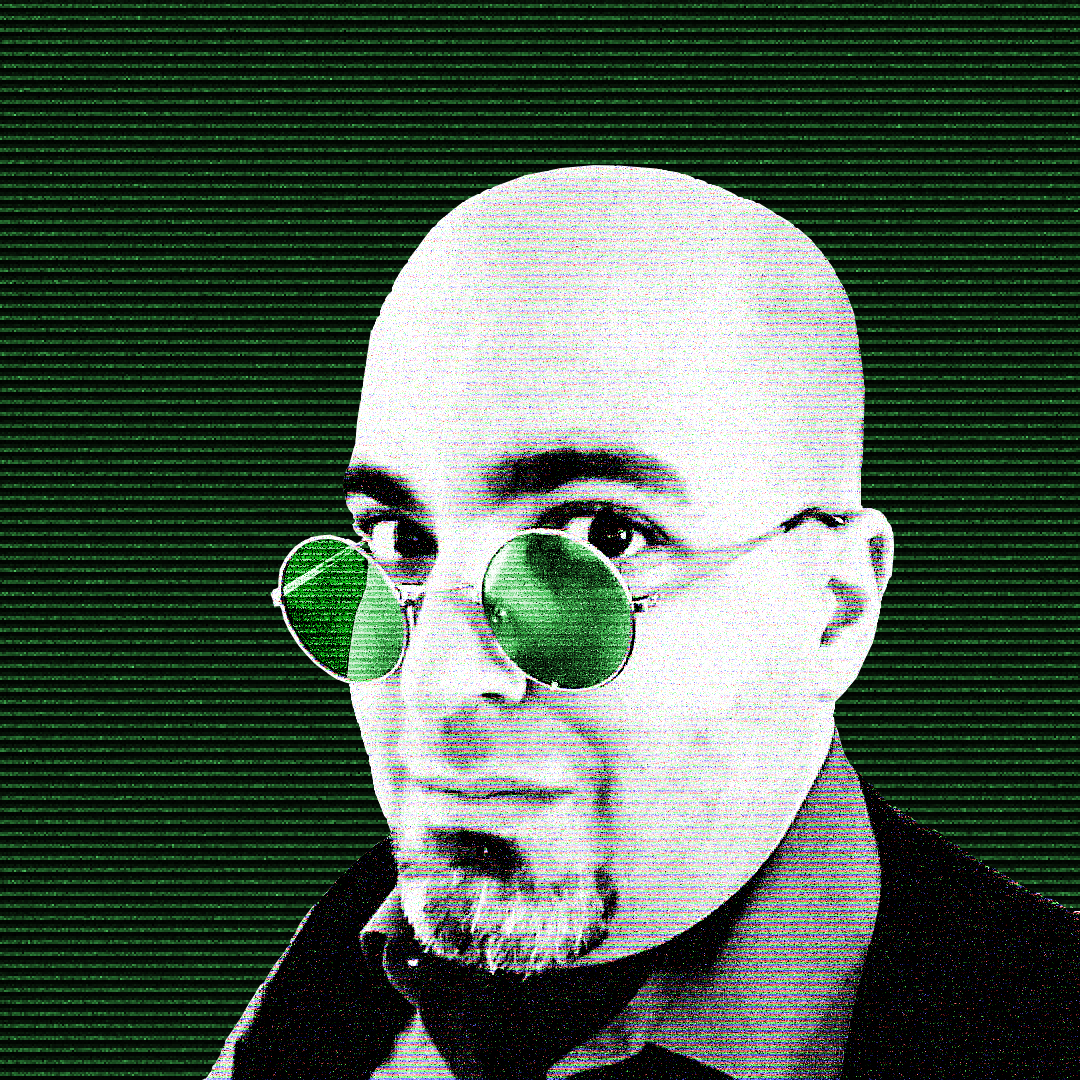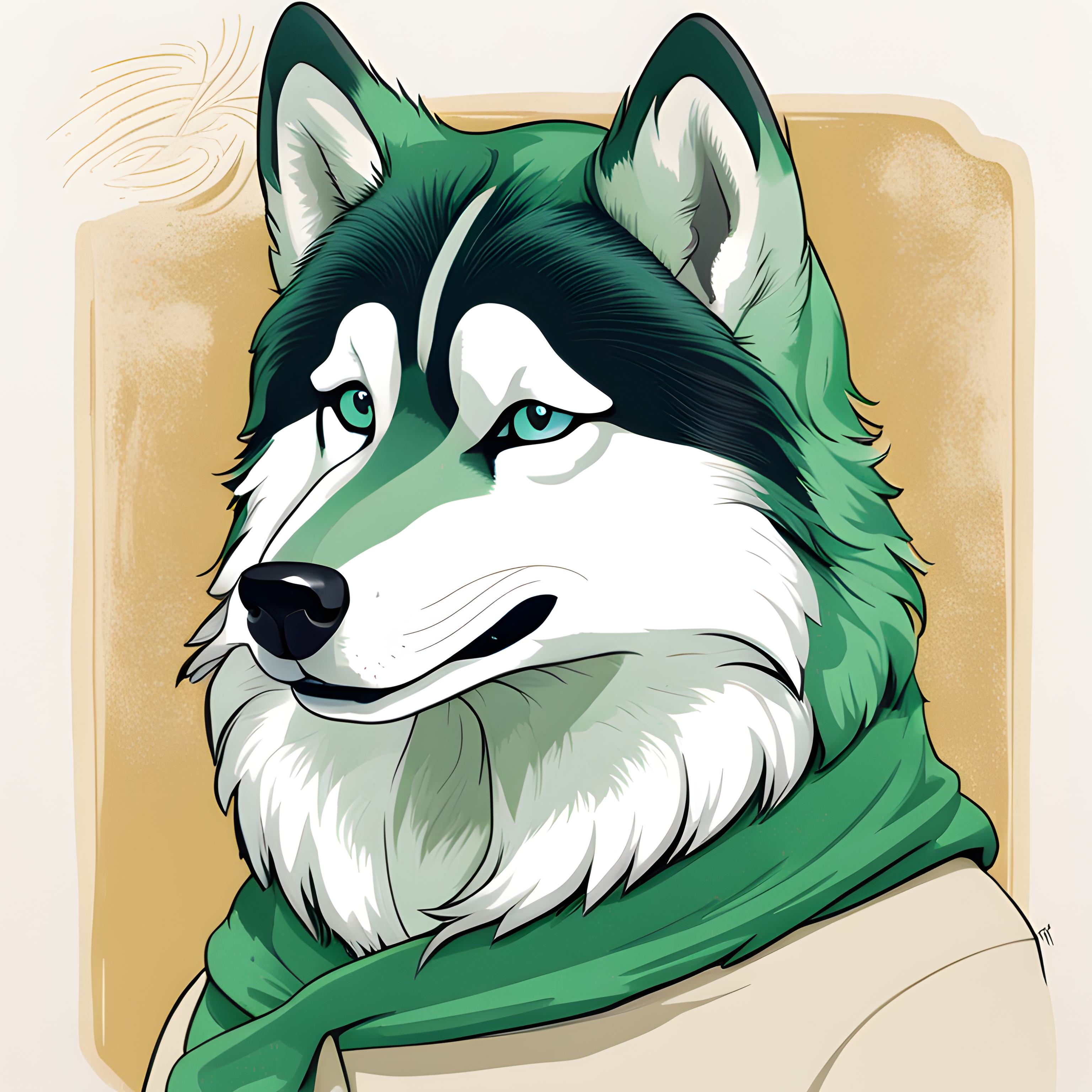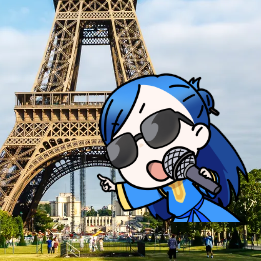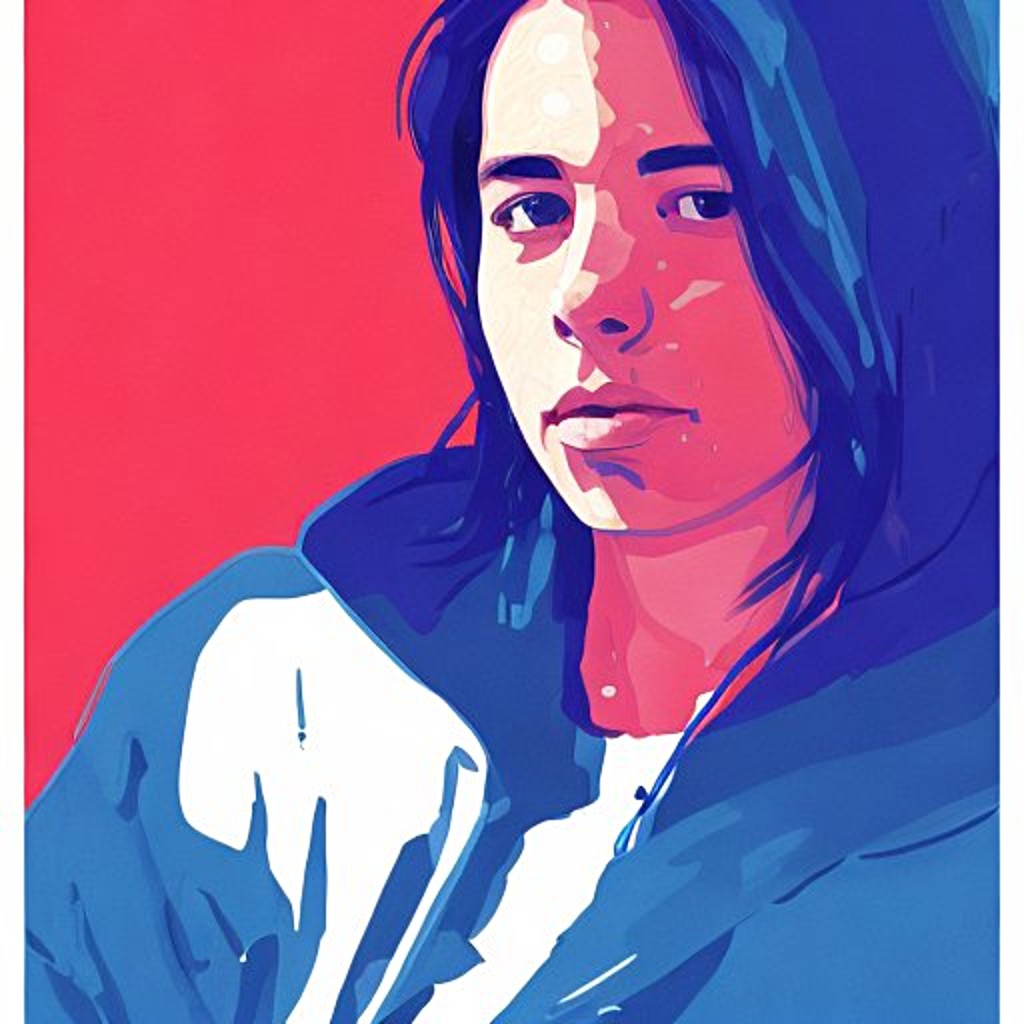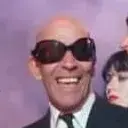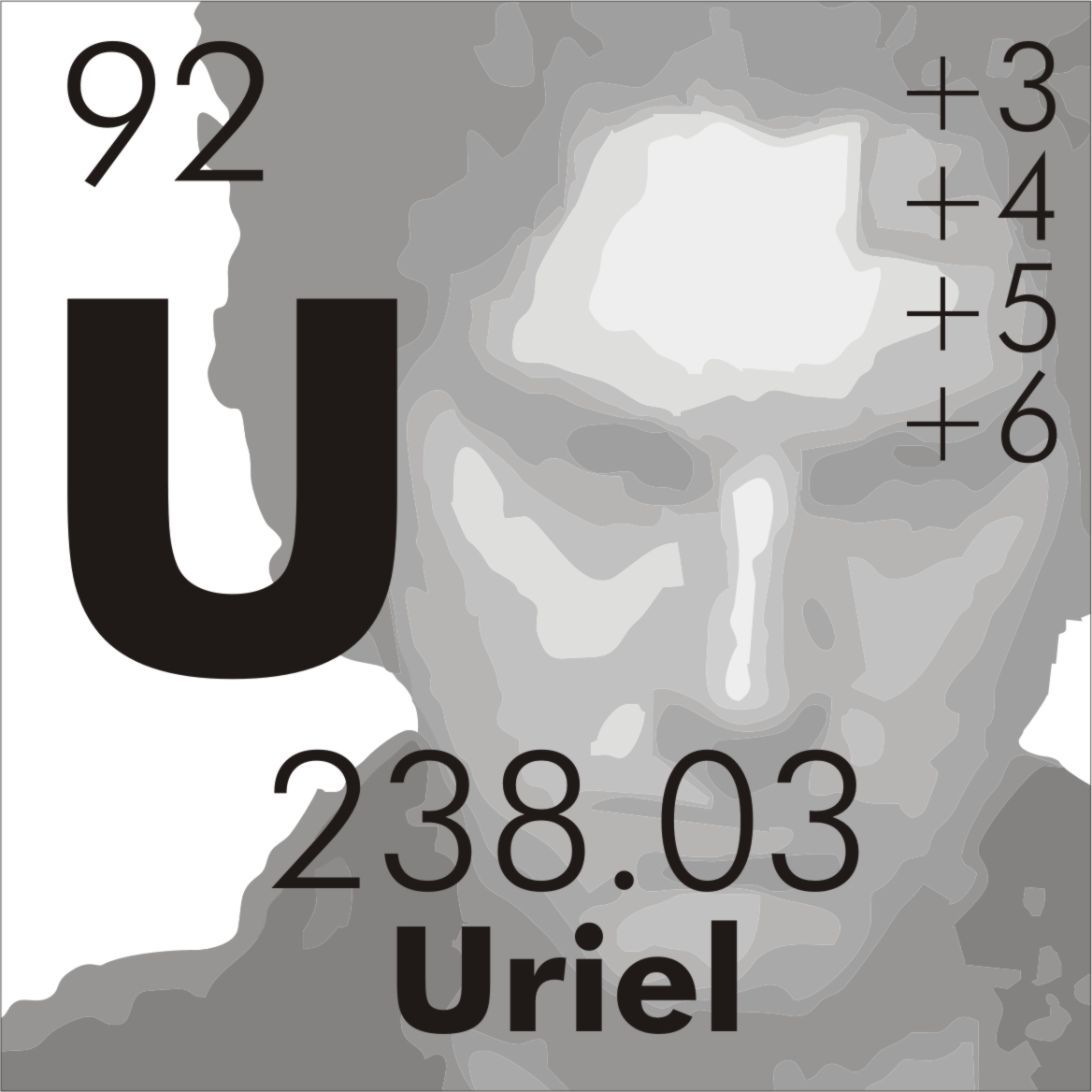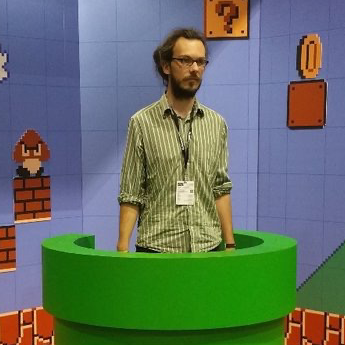Why This Award-Winning Piece of AI Art Can’t Be Copyrighted::Matthew Allen’s AI art won first prize at the Colorado State Fair. But the US government has ruled it can’t be copyrighted because it’s too much “machine” and not enough “human.”
Allowing people to copyright A.I generated art could lead to huge issues where someone could just churn out generated images like no tomorrow and throw out copyright claims left and right. It could even lead to situation where you can’t really create any art because it’s probably something that’s already been generated by someone or close to it.
That’s what I have been saying. If the courts rule that AI generated art is copyright able. What stops some multi-billionaire from copywriters basically every logical arrangement of words or images or whatever. Heck they would probably even offer to fund employing the copyright office with contractors that they pay for to speed up the process and the government would say it’s a good thing because they are saving taxpayer money…
This is more of an issue with copyright law than of A.I. content generation. All you really need to do is create an algorithm that creates images based on every combination of pixels. There were a couple of lawyers who did this with melodies by creating an algorithm to generate every combination of 12-note, 8-beat melodies. One of the lawyers has a TED Talk where he goes into more detail with the issues of copyright laws: https://youtu.be/sJtm0MoOgiU
Here is an alternative Piped link(s): https://piped.video/sJtm0MoOgiU
Piped is a privacy-respecting open-source alternative frontend to YouTube.
I’m open-source, check me out at GitHub.
The museum of babel already exists.
However with generative A.I you dont need artwork for every combination of pixels. Machine learning seems to be really good at finding patterns in everything we may do or think.
With generative A.I we can use this information to create increasingly more human like output. In terms of art mimic and blend art styles, create new designs based on existing ones etc.
Much more elegant and way cheaper than using brute force algorithms.
This is one reason why copyright/patent law is stupid to begin with. Nothing but a state-enforced monopoly on a slice of all possible information in a category. Imagine if people started copyrighting basic trinomials.
What’s stopping billionaires from hiring artists now and just having them slave away at 1632961190 images of whatever they could think of for the same purpose? The art doesn’t even need to be good, it just needs to be something you can copyright
You mean, like stock photo websites? That are owned by Koch brothers?
The real solution is to abolish copyright
Absolutely based af :)
How do artists pay for their food and rent then?
Depends on how radical we’re talking.
On the less radical side - UBI, donations, contracts for creation of art that people want even if it’s not copyrighted afterward, Convenience Factor (often used by FOSS projects), and also the fact that a lot of art is created and intended for free redistribution anyhow .
On the more radical side: re-examining our entire concept of work and labour and rent, decentralused gift economies, automation, the destruction of capitalist structures as a whole, etc.
That would be great in the fully automated space gay commune, until then though we don’t want artists to starve.
gay?
This is a very delicate and complicated matter, part of me thinks that making AI works non copyrightable would incentivize human art
Given the presence of stolen artwork in the training data I don’t see why it should be copyright able.
Also award winning? It honestly looks like the kind of liminal mindfuckery most models could output. There’s nothing particularly impressive with the piece.
iirc it was submitted to a small art contest without disclosing it’s AI generated and it won a prize… which made a lot of people very mad
If this is the one in thinking of, they disclosed it was made using midjourney, but the judges didn’t know what that meant and didn’t ask.
Eh. I’ve seen abstract art that people are in awe with throughout my life. And like the uneducated swine I am, I’ve never thought they were impressive either.
Art appraisers are weird.
Edit: I saw the piece in question. This one is a tricky one, because if a human painted it, it would be impressive. Very nice details. But since it was generated by a machine in minutes… eh.
But according to the article, it wasn’t generated in minutes. The artist went through over 600 iterations of tweaking the prompt to get what he wanted. Sounds like days or even weeks of work probably. And then made additional tweaks via Photoshop.
Not too say that makes it any more impressive, but it wasn’t something that was without effort.
Point taken. In that case, I guess one can recognize the effort. Still, the impressive part of the piece is the style, which, if one were to assume was made with actual oil paint, it would be impressive.
With AI, I would explore styles that are inherently difficult to produce digitally. And yes, “oil paint” would be difficult to produce with digital tools alone outside of AI (maybe there are good plug-ins for it?) But you know what I mean. I don’t even know which styles those would be.
You can make digital illustrations with a graphic tablet and the right digital brushes that look remarkably similar to oil paint. Because with a graphic tablet and pen you can utilise tilting, pressure, speed, etc. The colours will often simulate how actual oil paints work (well, at least they try). It’s kinda like a very easy casual mode of actual oil painting.
Yeah, I was aware of these tools. I don’t know what to think anymore…
Are you the artist when you comission an artist to draw something the way you want?
When I commission an artist, I’m probably not looking over their shoulder the entire time telling them exactly what to do. But that does bring up an interesting point. Assume I have no use of my limbs and an artist agrees to help me make a painting. I tell them exactly what to do, which colors to use, where to make paint strokes, etc. I am guiding the image, but they are actually painting it, and their own skill and technique and style will obviously play into the final image. I don’t know who would have more of a claim to the image in that case.
You don’t tell the AI where to make each stroke, exactly what colours to pick and mix, every detail of the composition. The AI preselects everything for you by considering what the majority of people like in pictures.
No one would say the person “guiding the image” is the one who created the image. This is why ideas aren’t copyrightable. Everyone has a ton of ideas. It’s the execution that matters, which takes skill, patience and dedication.
Most clients have a very defined idea what they want to have drawn or designed. Especially in a higher price segment. This often takes weeks or months and multiple lengthy discussions between the artist and the client. Never have I seen a client later say “Well that took a lot of talking from my side. I guess it’s basically me who created this picture!”
I think a lot of people underestimate how much work it takes and since you don’t really see anyone creating the image, you get the impression you somehow magiced it into existence by yourself.
I agree completely. I think this is the best solution to the AI replacing human artists problem. Big companies can’t use AI to replace humans because if they do, whatever they make will be ineligible for copyright and everyone will be free to rip them off.
I would agree. Right up until the guy pulled it into Photoshop to make tweaks, adjustments, and corrections.
We give copyright for much less.
We give copyright for much less.
I find this an interesting point. My understanding is that AI art just isn’t considered enough work on the part of the human creator, presumably because of the idea that you only need to come up with a prompt.
But at the same time, most photographs and videos are copyrightable even if you literally just pointed your phone at whatever without any talent at all. IIRC, the idea of photographs being copyrighted was originally a controversial one, but these days is generally accepted. As long as a human took the photo (and not, say, a monkey, as a famous case found).
Is pointing a phone and clicking a button more of a human contribution than coming up with a prompt? What about if they had to iteratively tune the prompt and mask out parts of the image? In my book, I’d say that’s more human contribution than many photographs.
Tweaks adjustments and corrections need a reference material. The raw AI image needs to be published first for his tweaks to be copyrightable. Anyone wanting to claim copyright on edits should produce the initial uncopyrightable image too.
but then that makes it not his original work and he shouldn’t be putting it in competitions.
The first half isn’t relevant under copyright law, you can publish edits to old public domain works without publishing the original, this is extremely common even by museums.
The second point is however completely fair
I mean more in the sense the you can make sense of what someone brings into the original art by comparing it with the original. And that’s what copyrightable or not. An edited AI art without its raw - where the generated image starts and someone else’s contribution begins is a black box.
This will change the first time a big pharma pill designed by AI hits the market.
Drugs are patented, not copyrighted, and handled by the US Patent Office. This is a decision by the US Copyright Office.
Not the same thing, and I would not be surprised if the Patent Office decides drugs designed in part with AI tools can still be patented, while the Copyright Office decides art cannot be copyrighted.
AI are already generating antibody treatments. Companies provide AI with the disease/issue and antibodies that kinda work, then have the AI generate antibodies to fix the disease/issue. The best antibodies are then made in a lab and tested in vitro. However, as somone else noted, antibodies/medications are patented, which is different than copyright. Patents can be done on the process of making the antibody so you patrent the final process of making the antibody, not the AI work to come up with which antibody to make. Source: I attended a Patent Law seminar on this a few months ago.
I look forward to trusting my medical well-being to algorithms which can be completely fucked by the idea that Kenya starts with the letter K.
Or really anything that’s more practical than art.
They’ll just say this random scientist over here that signed away to the rights of anything he thinks of came up with it.
Yes, US copyright law requires human involvement to grant authorship. AI generated works are not eligible for copyright and it’s unlikely to change unless copyright legislation goes through to yet further restrict copyright.
Did you read the article? In this case he put in quite a bit of work to generate and alter the image:
He sent a written explanation to the Copyright Office detailing how much he’d done to manipulate what Midjourney conjured, as well as how much he fiddled with the raw image, using Adobe Photoshop to fix flaws and Gigapixel AI to increase the size and resolution. He specified that creating the painting had required at least 624 text prompts and input revisions.
And he is essentially claiming that the work should be transformative enough to be copyrightable. Even if the original image is not.
That all makes this case more interesting then a lot of others in the past as it is about AI generation with some human input. Not just someone generating vast amounts of work to find something they like (which likely will never be copyrightable). When this goes to the courts will will help to define the line of how much and what type of alterations are required to claim copyright over the works.
Not all AI work is the same, but I am glad that the copyright office is pushing back on these claims. Putting the burden of proof onto the author that they did have enough input into the work. The big open question ATM is how much input is needed and what that input can look like.
He’s lying though. He’s pretending the original (wierdly blurry) output was the only AI output, but the details and basically everything else is also AI generated. Nothing is his own skill, brushstroke or even artistic effort/craft, other than prompting the machine-image-generator that he sources the work from.
I only have this article to go on, and it does not suggest that at all. What sources do you have that show he is lying about his input to the artwork?
I follow artists on twitter. And they pointed out that he was trying to imply that the details were his own work.
The solution would be to cancel copyright and make everything free for everyone
It’s almost impossible to have a living wage as an artist even know. Than it would definitely be impossible.
Off topic but anyone know if you can download this art in high-res from somewhere?
This is an amazing piece, regardless what I think about the AI art shitshow in general.
It’s a lovely piece, created by nobody.
It’s like how you can look at and appreciate a beautiful cloud or leaf or rock formation which exists in the world without meaningful human expression, but you can’t copyright it or otherwise claim to be its creator or exclusive owner.
…or it’s created by literally everybody. If the AI is trained on public data I’m not sure how we can claim “nobody” created it.
“everybody” and “nobody” pretty much means the same thing in the eye of law in this context
If it is “everybody”, then it follows common law and is public domain. If it is “nobody”, then it is abandonware.
Created by the artist. An artist using AI is no different than an artist using AfterEffects or other processing medium. Using your example, it’s essentially saying “Earth” made a beautiful picture and not the cameraman.
Without the human element manipulating the AI, the AI is presently worthless. If we ever create AGI that can create art on its own, then we have a real discussion on our hands.
Luddites who are mad that AI is beginning to show promise can hate all they want, but this is the reality.
Hard disagree here, the modern western conception of art (around which the current legal and economic systems were constructed) is really opposite to the idea that the current AI tools should deserve any copyright.
Why ? The concept of art (the modern western one) is that an Art piece is composed of :- An Idea
- A form that is given to that idea by a human artist.
The idea can be given by others, to be constructed by an artist. That is usually a Patron (from where Patreon invented its name) , in spanish Mecenas, that pays the work and directs what idea and even general form it will take (the social practice is called Mecenazgo in spanish, since english has no equivalent word, i will use that ). Example: The Sistine Chapel, which was conceptualized (and paid) by the Catholic Church, including themes and general style, and was given to italian artists like Michelangelo to give the final form, which they drew themselves, with the approval of the church authorities at the end.
The current Ai tools work exacly like the Mecenazgo:
- the human person gives an input (textual, or other), the AI goes brrrrrr, and gives back an image. the person can take ir, or re-iterate the cycle with further inputs until satisfaction.
- This is really analogous with how art production ocurred in the Mecenazgo: The human input is the step 1 (an idea), the AI does the step 2 (give form to the idea). The further inputs by humans is analogous to the rough drafts the artist had to give the Mecenas first, the Mecenas described in more details and specifications what themes and forms he wanted, and that repeated until the Mecenas was satisfied with the final form the artist gave back.
The current copyright legal and economic system gives the intellectual property to the ARTIST, that made the step 2, and NOT to the Mecenas of the step 1. Because the Mecenas only had ideas, and the one who made what is considered artistic work, that deserves the legal privilege of IP, is the artist. If all someone did was tell the AI what to draw (i.e. gave an idea, general theme and general form), then the person is only acting as the Mecenas. The MACHINE is doing the artistic work, and since the machine is not a human that deserves the legal privilege, ir should be considered non copyrighted or public domain, just like the picture some monkey took of itself some years ago.
This was not always nor everywhere the social interpretation of WHO is the agent that actually made the art. Before the Renaissance, the western societies considered the Mecenas of step 1 the TRUE ARTIST, because he-she had the idea, and the person that gave form to the idea was considered a low level construction worker like stonemasons, that did not even have its name recorded. If you are wiilling to go back there, we would have to fundamentally change our interpretation of art , artists and rewrite the Sistine Chapel as created by the Catholic Church , and michelangelo is irrelevant.
A fair take, if one I have a few caveats with. I would contend that AI artists, should such a thing truly emerge, are explicitly experts in pulling art from an AI that a layman cannot accomplish.
That being said, again, it is a fair take, and certainly influenced the copyright judgment.
Not off topic…
The artwork, Théâtre D’opéra Spatial, was created by Matthew Allen and came first in last year’s Colorado State Fair.
No. No he didn’t create it. He put words into a black box.
“He didn’t create it. He moved a mouse.”
“He didn’t create it. He put commands into a keyboard.”
“He didn’t create it. He pressed the camera trigger.”
“He didn’t create it. He threw store-bought paint at a canvas.”
“He didn’t create it. He cleaned some dirt off the wall.”
“He didn’t create it. He was inspired by gods.”
Where you see a categorical difference, I see a qualitative one. AI-generated art can be nothing more than putting words into a blackbox, but it can also be a day-long process of tweaking dozens of parameters to get what you want from the words you put into the box. A child can slather paint onto a canvas without much thought - but that doesn’t mean great artists drawing complex, intricate paintings isn’t art, does it?
Generative AI is a tool. It can do more than most tools, but still, it is something wielded by an artist.
As I’d just written in another reply here, there is a world of difference in describing an illustration and creating an illustration.
I have to say that when I focused on computer-aided graphic design, my instructors who had done that kind of work with material supplies totally felt my work was invalid.
And when I was writing essays in high-school English and getting downgraded for poor penmanship, my teacher refused to let me word-process my work, lest I write a whole essay with the touch of a button.
So yes, creators have had their efforts minimized from the dawn of time, especially as new technology makes output better or easier.
Still, this isn’t about the art, it’s about the capitalism. If we had a society where no-one had to toil for a meager existence, then artists could do their thing for the sake of creating beauty and not to earn a buck. I believe post-war social programs in the UK drove the Rock-&-Roll revolution in the 1960s (advancements in electric guitars also did some heavy lifting).
So… feed our artists?
But you are creating the image as it’s often never what you intended on the first try. If anything they are editors, and last I checked we aren’t taking any rights away from editors. Someone else made the material and “you” manipulated it into a better product or into what your vision actually was.
🤓
He did some touch up in photoshop before submitting it.
Touching up your photograph or painting does not make it mine.
So he did make it. The tool can’t generate anything without something feeding it prompts. I mean technically it can but it will just be random totally incoherent stuff.
Nothing that judicial, legislative, and regulatory capture can’t turn around. Just need enough money and time.
I give it 5 years at most
Funny situation indeed. Thoughts:
- Copyright is particularly artificial and openly amenable to change to suit the needs of the economy and creators it applies to. So treating this as open ended is probably necessary.
- Copyright has for a long time happily provided varying degrees of protection by recognising that one may hold copyright over a work but only over a “thin” or relatively minor aspect of the work.
- While there seems to be broader factors involved here regarding the power and market dynamics afforded artists and corporations should AI copyright be protected, there also seems to be plenty of scope to recognise that actual original work can be behind an AI work, however “thin” and distinct from the ordinary categories (eg Music, Literature etc) it may be. Indeed I would question how much the judges involved actually understand this enough.
- Does anyone know how this policy is tracking with or affected by policies in whether the AI engines themselves are infringing copyright?
While my thinking is in line with what @TheLobotomist@lemmy.world and @NateNate60@lemmy.ml have already said, why can’t “AI artists” just do what everybody in a profit-seeking situation does and just lie about it? “No your honor, our studies have shown cigarette smoking is not hazardous to your health,” “yes, your honor, OxyContin is completely safe,” or in this case “yes, your honor, I created this illustration.” If your conscience is really bothering you, you could claim it was AI-assisted. I wouldn’t think there’d be a “Big Eyes” prove-you-painted-that courtroom case. Am I wrong?
It detectable by actual artists, trained eyes, and probably other ai algos. Prompters have no true artistic skill 80 percent of the time, so they rely on AI to even do the finer details.
There are a few actual artists who use AI in the way scammers do (rather than as a tool to enhance their workflow), but they are rare.
Our thinking is not that different. There is a world of difference of describing an image and creating it.
But I have to strongly disagree with the rest of your assessment. Beyond the flood of six-fingered waifu, I’ve seen some beautiful, legitimate works created by this new tool. If you have to use an “ai algo” you’ve already defeated the purpose. It’s illustrations we’re discussing here, not banknotes.
BTW, do you consider Photoshop/Krita/GIMP artists “scammers”? Blender/Maya/Cinema4D artists? Who are these “actual artists” of which you speak?
In any case, we’re still in uncharted territory. And personally I’m not crazy about the work in question. It LOOKS (by my “actual artist trained eyes”) AI generated, regardless of the human Photoshop retouching involved.
BTW, do you consider Photoshop/Krita/GIMP artists “scammers”? Blender/Maya/Cinema4D artists? Who are these “actual artists” of which you speak?
This comparison automatically invalidates any point you may have made.
You say our thinking is not so different, and then defend machine-generated art as legitimate creation?
To be clear, when I say AI tools, I mean for collecting references, making poses and future enhanced basic transform/select/etc tools. I don’t mean generating entire complete peices of art.
Selling AI art on platforms that actual artists sell their work on, is a scam. Since illegitimate work is flooding human creations. NFTs are often scams too.
I still think we are more or less on the same page. I also agree with your position on NFTs. Nevertheless, “machine-generated art” as you’ve called it IS legitimate creation, just like canned baked beans is legitimate creation, just like the act of making scrambled eggs is creation. Notice that I never mentioned anything QUALITATIVE about the process. I’ve never referred to these works as “art” (however you’d like to define that) but “illustrations” which is all they are and again, for the most part, they are visibly AI…but there are exceptions, rarely without human intervention (retouching). If someone wants to sell their AI-generated illustrations, what’s the problem? Same with NFTs. What do I or you care? It’s your moral obligation to part a fool from their money.
That said, since we’ve veered way off course of the original question, MY PERSONAL OPINION is there is next to no expression of the human condition (define that as you will) in StableDiffusion/Midjourney/whatever-engine “art” and is merely (“merely,” he says!) putting the “infinite monkeys theorem” into practice. While chance and chaos is good (and not only in art), a foundation is always necessary. If “you”, untrained in composition, art history and materials, you think describing images using a certain language/method is “art”, become a writer. We’re all waiting for your bestseller.
Have a wonderfull day and thanks for the chat!
deleted by creator
Looks like shit
It’s an interesting spectacle, but pretty meaningless right?
No, it looks like shit, like all ML art
Then auto-tuned, sample-ridden, garbage “music” should follow the same rules. The “artist” that “made” those songs shouldn’t have any rights to the material as they didn’t make anything. They had a computer rework their voice, who’s words are often someone else’s, with music that was also made by someone else.
Someone made the reference images generative AI used to make the end result image just like someone made the music that Lil’ NoTalent69420
copiedused for their song. Lil’ NoTalent69420 manipulated it as much or even less than the individuals making AI art. It’s pretty frustrating.
